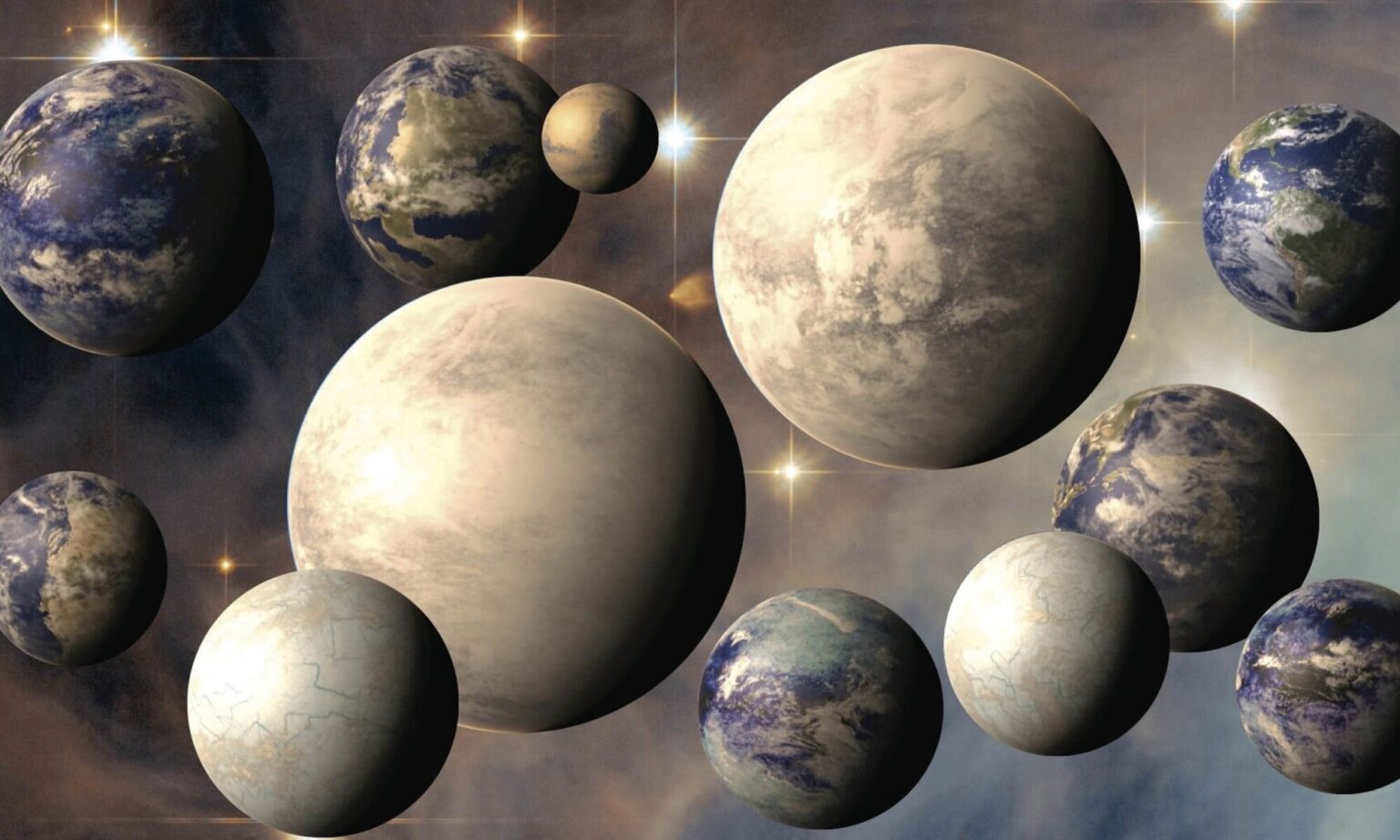A new study offers a more optimistic view of the prevalence of life in the Universe. Scientists point out that the absence of all the necessary factors on the celestial body doesn’t mean that there is definitely no life on it. In fact, it can create these conditions for itself.

What is necessary for life
A paper by scientists from Harvard and Edinburgh Universities has recently appeared on the arXiv preprint server on the topic of where in the Universe life might exist. It may seem that the minimum set of requirements for such a place doesn’t look very complicated. All we need is a place with an atmosphere rich in oxygen, liquid water and plenty of organics to have something to eat.
However, even this minimal set of requirements turns out to be so complex that only a few of the nearly 6,000 known exoplanets more or less fully satisfy it. Since it is generally believed that if at least one of the factors doesn’t fully meet the conditions, the planet or moon is recognized as one where life is impossible.
The authors of the new study disagree with this very thesis. They believe that this approach fails to take into account one of the main features of life — the ability to make the environment more conducive to one’s own existence. They tried to model how much this property could improve the generally unfavorable picture of the animals and plants we see only on Earth.
Complex and simple life
The best example of a life that adapts the environment to its own needs is the people themselves. After all, we have been able to create an artificial environment where not only we, but also the microorganisms that surround us right in space can live by building the ISS.
However, the authors of the paper wondered how simple life could be to at least locally create an environment suitable for one’s own existence. And they concluded that single-celled organisms were quite sufficient for that.
Eventually, each cell is an entire biochemical factory, capable of absorbing some chemicals and releasing others. And the activity of an entire population of them can locally increase temperature, pressure and form a protective film to separate a certain area from unfavorable factors.
That’s why they focused on photosynthetic bacteria. These rather simple organisms are the base of many food pyramids and are capable of creating oxygen. However, it turns out that even simpler creatures can survive on the moons of giant planets like Europa and Enceladus, where volcanic activity exists.
In general, scientists have concluded that microorganisms can actually create environments with favorable conditions on many planets that seem completely devoid of the ability to support life.
Provided by phys.org


